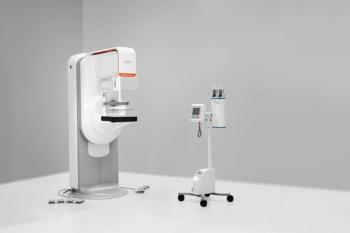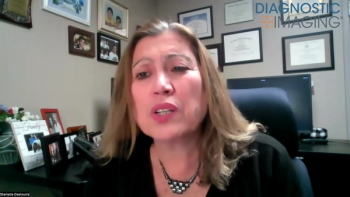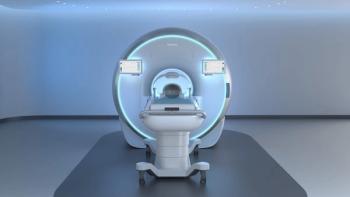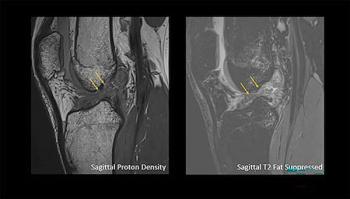
Night Shift CT Interpretation Errors More Common
Both radiology residents and attending providers make more interpretive mistakes during evening and overnight hours.
Everyone makes mistakes. And, according to a new study, both radiology residents and full attending providers make more interpretation errors with body CT scans during the evening and overnight hours.
In a study published Aug. 18 in
“If diminished diagnostic accuracy during night assignments is a function of circadian misalignment and fatigue, our works shows it extends beyond residents to radiologists who have completed residency,” he said. “These findings have implications for patient care and quality assurance efforts, and for designing processes to deliver the highest quality of care at lower cost.”
Related Content:
Given that the higher off-hours error rate is known, he added, that knowledge can be used to identify which studies might benefit from more increased quality scrutiny, as well as how to best implement that oversight.
Previous studies examining overnight radiology performance has focused on trainees, but Patel’s team investigated whether the same diagnostic performance problems plague more established providers. Therefore, they followed radiology fellows during both day and night shifts.
In a study that ran from June 2014 to June 2018, the team evaluated the interpretative performance of 32 fellows who read 10,090 CT scans during off hours. They concentrated on errors that affected follow-up care and compared mistakes that happened during daytime hours (7 a.m. to 5:59 p.m.) to those that occurred during evening and overnight (6 p.m. to 6:59 a.m.).
According to their analysis, Patel’s team identified a 2-percent error rate with daytime reading and a 3-percent error rate with evening and overnight. Moreover, they found 69 percent of readers made more mistakes during night hours with most of the mistakes occurring during the second part of the night shift – 3.7 percent versus 2.5 percent, respectively.
It is possible to reduce both the number and the impact of these interpretation errors, however, the team said. Double reading has proven effective, and adding additional radiologists to the night shift can also alleviate some of the workflow burden, potentially reducing errors.
Overall, the team said, their findings show that interpretation errors that occur during the evening and overnight hours do not only plague trainees. Michael Bruno, M.D., radiology professor and director of quality management services at Penn State Milton S. Hershey Medical Center, agreed in an accompanying
“This article puts to rest the wrongheaded assumption that only radiology trainees will experience errors and have diminished performance when working after hours,” he wrote. “To the contrary, we are all subject to the same biologic and neurocognitive limitations as part of our shared humanity.”
Consequently, he added, the profession must pay close attention to the circadian rhythms of its providers and put strategies and practices in place to help prevent any associated interpretation errors.
Newsletter
Stay at the forefront of radiology with the Diagnostic Imaging newsletter, delivering the latest news, clinical insights, and imaging advancements for today’s radiologists.




























